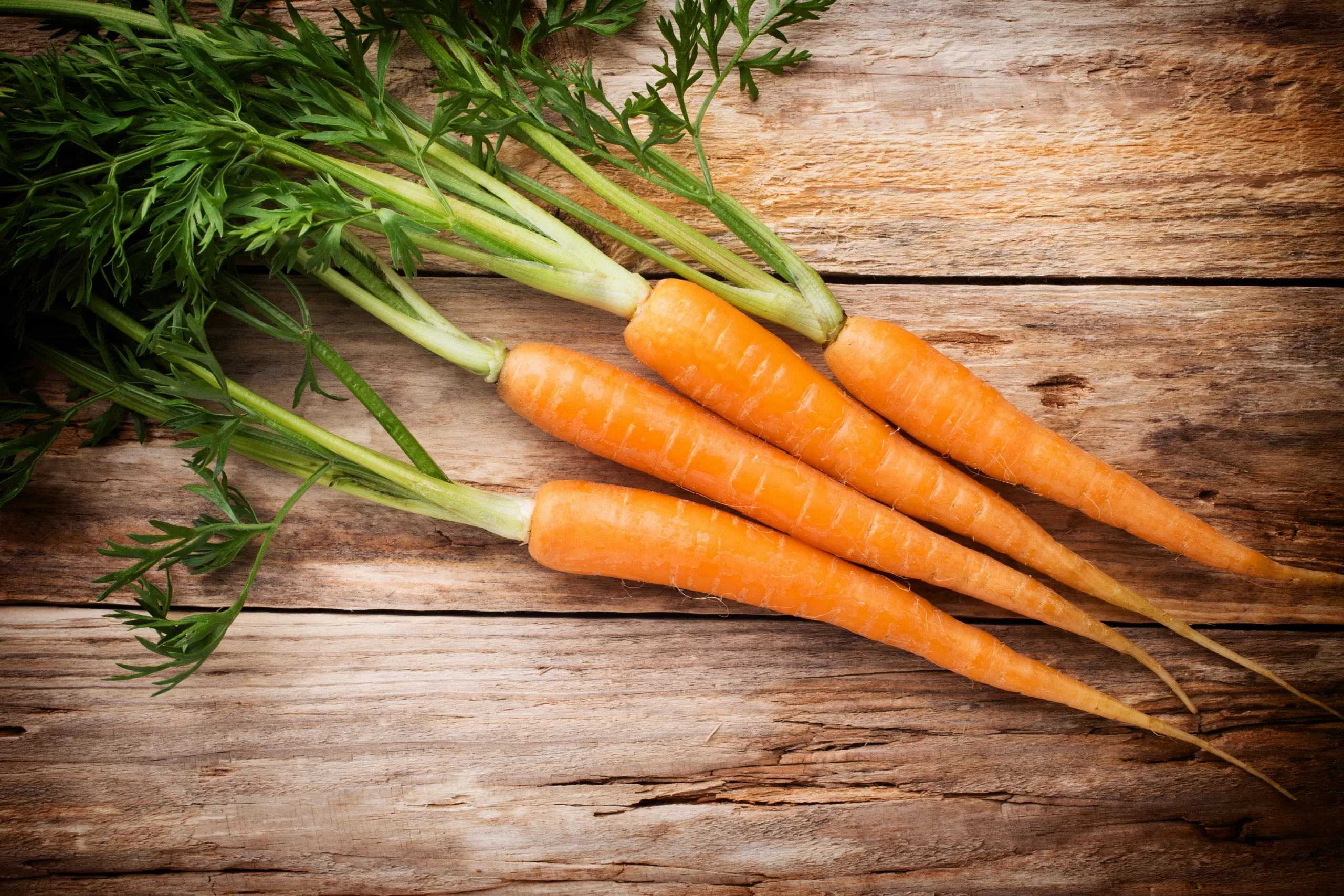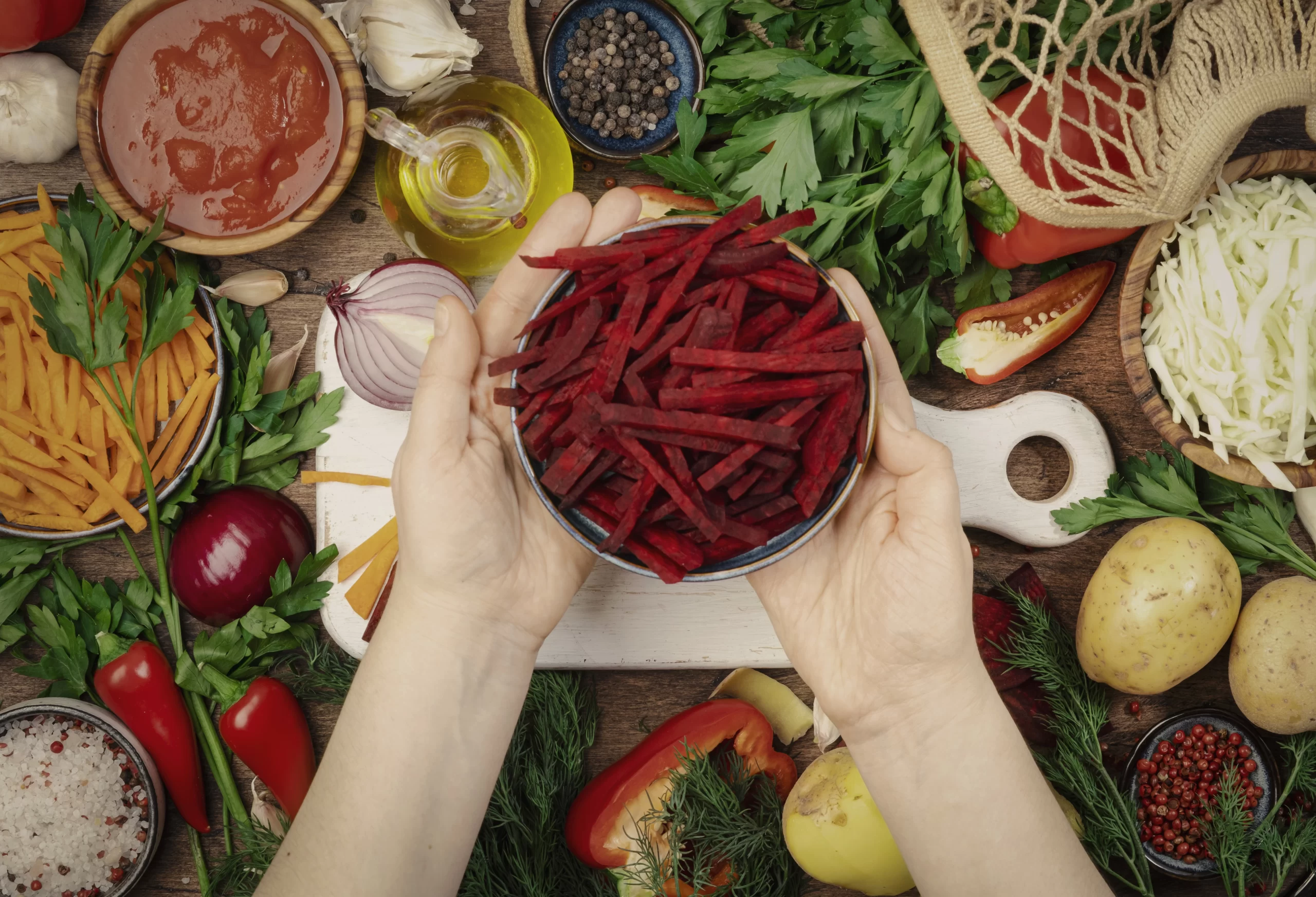How To
Growing carrots in your garden can be fun.
Growing carrots in your garden can be a fun and rewarding experience. Here are the steps to follow to grow carrots in your garden:
-

 How To1 year ago
How To1 year agoPlant Celery. Is a nutritious and easy-to-grow vegetable.
-

 How To2 years ago
How To2 years agoHow To grow potatoes in a square meter
-

 How To1 year ago
How To1 year agoHow to plant cabbage in your garden step by step
-

 Recipes1 year ago
Recipes1 year agoSautéed Celery Recipe
-

 Recipes1 year ago
Recipes1 year agoFrench potato salad, also known as “salade de pommes de terre,”
-

 Business1 year ago
Business1 year agoThe Beginner’s Guide to a Whole-Food, Plant-Based
-

 Recipes2 years ago
Recipes2 years agoCelery and carrot salad is a simple and delicious.
-

 Recipes1 year ago
Recipes1 year agoHere is a step-by-step recipe for a delicious carrot cake with a blueberry twist.







